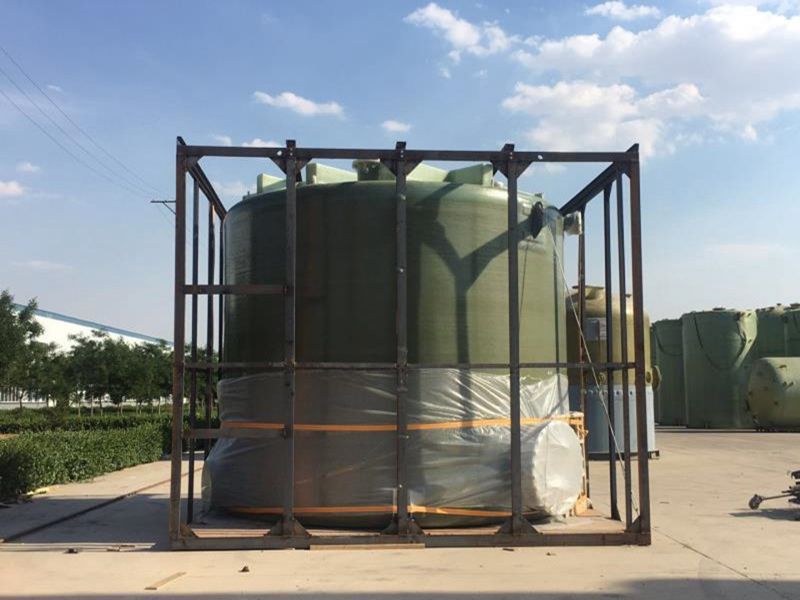
-
 Afrikaans
Afrikaans -
 Albanian
Albanian -
 Amharic
Amharic -
 Arabic
Arabic -
 Armenian
Armenian -
 Azerbaijani
Azerbaijani -
 Basque
Basque -
 Belarusian
Belarusian -
 Bengali
Bengali -
 Bosnian
Bosnian -
 Bulgarian
Bulgarian -
 Catalan
Catalan -
 Cebuano
Cebuano -
 China
China -
 China (Taiwan)
China (Taiwan) -
 Corsican
Corsican -
 Croatian
Croatian -
 Czech
Czech -
 Danish
Danish -
 Dutch
Dutch -
 English
English -
 Esperanto
Esperanto -
 Estonian
Estonian -
 Finnish
Finnish -
 French
French -
 Frisian
Frisian -
 Galician
Galician -
 Georgian
Georgian -
 German
German -
 Greek
Greek -
 Gujarati
Gujarati -
 Haitian Creole
Haitian Creole -
 hausa
hausa -
 hawaiian
hawaiian -
 Hebrew
Hebrew -
 Hindi
Hindi -
 Miao
Miao -
 Hungarian
Hungarian -
 Icelandic
Icelandic -
 igbo
igbo -
 Indonesian
Indonesian -
 irish
irish -
 Italian
Italian -
 Japanese
Japanese -
 Javanese
Javanese -
 Kannada
Kannada -
 kazakh
kazakh -
 Khmer
Khmer -
 Rwandese
Rwandese -
 Korean
Korean -
 Kurdish
Kurdish -
 Kyrgyz
Kyrgyz -
 Lao
Lao -
 Latin
Latin -
 Latvian
Latvian -
 Lithuanian
Lithuanian -
 Luxembourgish
Luxembourgish -
 Macedonian
Macedonian -
 Malgashi
Malgashi -
 Malay
Malay -
 Malayalam
Malayalam -
 Maltese
Maltese -
 Maori
Maori -
 Marathi
Marathi -
 Mongolian
Mongolian -
 Myanmar
Myanmar -
 Nepali
Nepali -
 Norwegian
Norwegian -
 Norwegian
Norwegian -
 Occitan
Occitan -
 Pashto
Pashto -
 Persian
Persian -
 Polish
Polish -
 Portuguese
Portuguese -
 Punjabi
Punjabi -
 Romanian
Romanian -
 Russian
Russian -
 Samoan
Samoan -
 Scottish Gaelic
Scottish Gaelic -
 Serbian
Serbian -
 Sesotho
Sesotho -
 Shona
Shona -
 Sindhi
Sindhi -
 Sinhala
Sinhala -
 Slovak
Slovak -
 Slovenian
Slovenian -
 Somali
Somali -
 Spanish
Spanish -
 Sundanese
Sundanese -
 Swahili
Swahili -
 Swedish
Swedish -
 Tagalog
Tagalog -
 Tajik
Tajik -
 Tamil
Tamil -
 Tatar
Tatar -
 Telugu
Telugu -
 Thai
Thai -
 Turkish
Turkish -
 Turkmen
Turkmen -
 Ukrainian
Ukrainian -
 Urdu
Urdu -
 Uighur
Uighur -
 Uzbek
Uzbek -
 Vietnamese
Vietnamese -
 Welsh
Welsh -
 Bantu
Bantu -
 Yiddish
Yiddish -
 Yoruba
Yoruba -
 Zulu
Zulu
Blind Flange Design for FRP Applications in Industrial Settings
Understanding FRP Flange Blind Benefits and Applications
In the world of industrial materials, the choice of components can significantly affect both performance and cost-effectiveness. Among various engineering materials, Fiber Reinforced Polymer (FRP) has gained considerable attention due to its unique properties and versatility. One specialized application of FRP is the FRP flange blind, a crucial component used in piping systems.
What is an FRP Flange Blind?
An FRP flange blind is a type of blind flange made from fiber-reinforced polymer materials. Blind flanges are used to seal the ends of pipes or to create a barrier in a piping system, preventing the flow of fluids. This component typically has no hole in the center, which differentiates it from other types of flanges. It is used when a permanent seal is required or when a section of the pipeline needs to be closed off.
The primary advantage of using FRP for na blind flange lies in its superior properties. FRP materials are lightweight, corrosion-resistant, and exhibit high strength-to-weight ratios, making them ideal for various applications in industries like chemical processing, wastewater treatment, and even marine environments.
Key Benefits of FRP Flange Blinds
1. Corrosion Resistance One of the most significant advantages of FRP materials is their ability to withstand harsh environmental conditions. Unlike metal flanges, FRP does not corrode, which ensures a longer lifespan and reduces maintenance costs.
2. Lightweight Nature FRP components are significantly lighter than their metal counterparts. This reduced weight gives engineers and project managers more flexibility in design and ease of installation, especially in applications where every pound counts.
1. frp flange blind

3. Cost-Effectiveness Although the initial material cost of FRP can be higher than traditional materials, the long-term savings in maintenance, replacement, and downtime make FRP flange blinds a cost-effective choice.
4. Thermal Insulation FRP materials generally provide better thermal insulation than metals. In applications where temperature control is crucial, these flanges can help maintain desired temperature levels more effectively.
5. Customization FRP flange blinds can be manufactured to fit specific applications. With advancements in composite materials technology, engineers can design these flanges to meet precise requirements, ensuring optimal performance in unique situations.
Applications of FRP Flange Blinds
FRP flange blinds are commonly used in a variety of industries. In the chemical processing industry, for instance, the requirement for materials that can withstand aggressive chemicals makes FRP an ideal choice. The oil and gas sector also benefits from FRP flange blinds, especially in environments with high salinity, where corrosion is a primary concern.
Wastewater treatment facilities utilize these components as part of their infrastructure to prevent leaks and ensure effective sealing of pipe systems. Additionally, in marine applications, where components are frequently exposed to seawater and corrosive agents, FRP’s resistance to corrosion makes it an excellent material choice.
Conclusion
The FRP flange blind is an essential component for modern piping systems, especially in demanding environments that test the durability and reliability of materials. Its unique properties deliver practical benefits that traditional materials may not provide. As industries continue to evolve and require more efficient, durable, and cost-effective solutions, FRP flange blinds will play an increasingly important role in engineering and construction. As such, understanding and utilizing these innovative materials will be pivotal for future developments in industrial applications.









